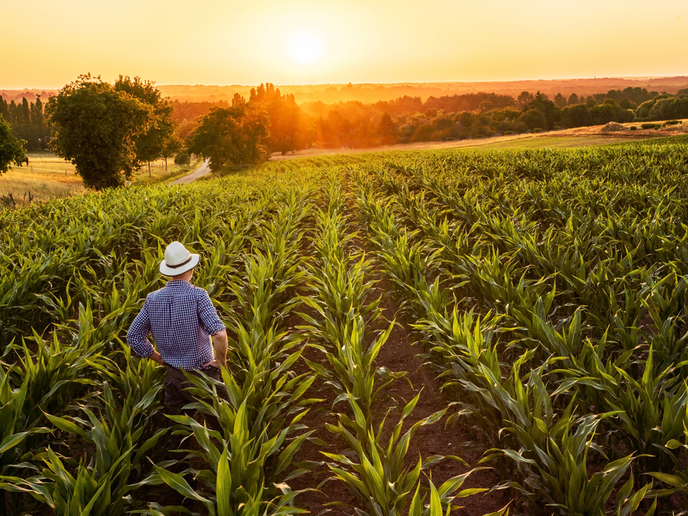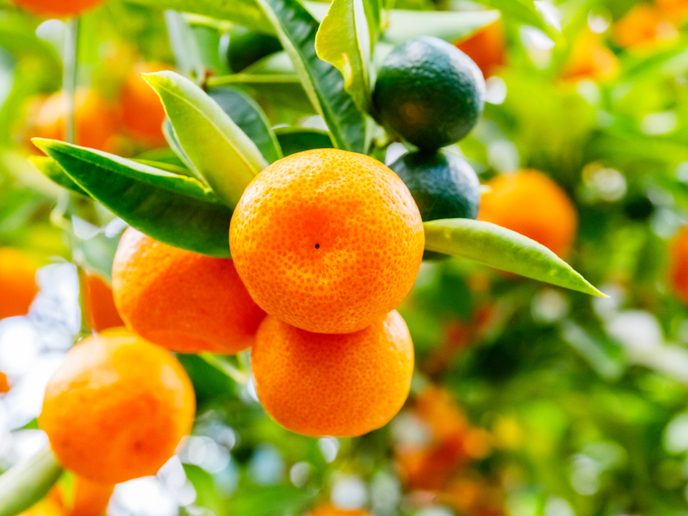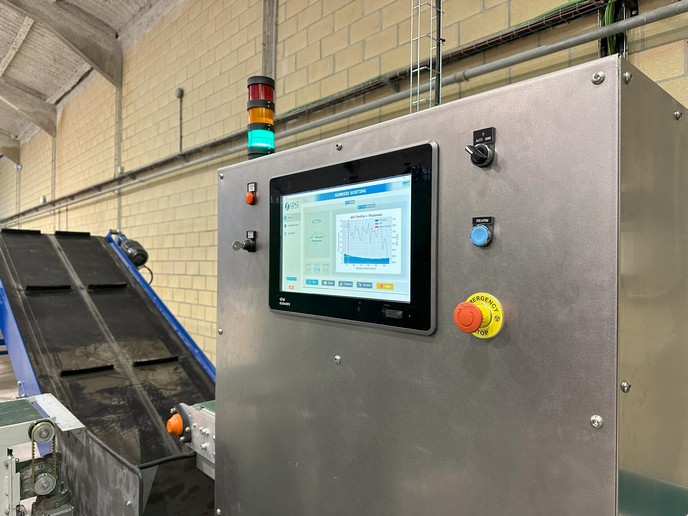Satellites to monitor the Earth's water
Sentinel-2 (S2) and -3 (S3) satellites were developed by the European Space Agency (ESA) to monitor climate change impacts on Earth systems like forests and lakes. By measuring parameters such as sea- and land-surface temperatures, forest coverage and inland water quality, these satellites keep a remote eye on the Earth's health. The EU-funded GLASS (Global lakes Sentinel services) initiative developed online tools and algorithms to extract information from S2 and S3 satellite images for monitoring global lakes and reservoirs. While water samples can be analysed in a lab, remote sensing covers a greater global area with high resolution. In addition, the S3 satellite passes over the same geographical area frequently, allowing ecologists and water managers to closely monitor inland waters. To turn the vast amount of data captured by S2 and S3 into useful information, researchers developed algorithms for water quality. To test these, GLASS collected data from different types of inland water, ranging from clear and blue to green and brown. These lakes either reflect or absorb light, allowing them to be classified based on their optical properties. Researchers discovered that their algorithms did not suitably describe the large optical variation of all lakes. They therefore developed a pre-classification tool that allows users to select specific algorithms for a lake based on its water type. To demonstrate their system, researchers measured the optical properties of lakes in Estonia, Italy, the Netherlands, Finland and Sweden. They then developed software packages that allow users to remotely analyse different types of lakes that need to be managed in different ways. These include green, algae-dense waters, deep clear lakes, shallow, murky waters and mine tailing ponds. The project's openly available data, products and results will help users to better understand and manage global water systems. Importantly, GLASS will allow the EU Water Framework Directive (WFD) to use satellite data to improve water quality and provide ecosystem services like drinking water. Based on the use cases, GLASS developed training materials, which will help a new generation of remote sensing experts, ecologists, environmental technicians and GIS experts to work with S2 and S3-OLCI data for water quality monitoring.
Keywords
Satellites, water monitoring, lakes, water quality, remote sensing, optical properties







